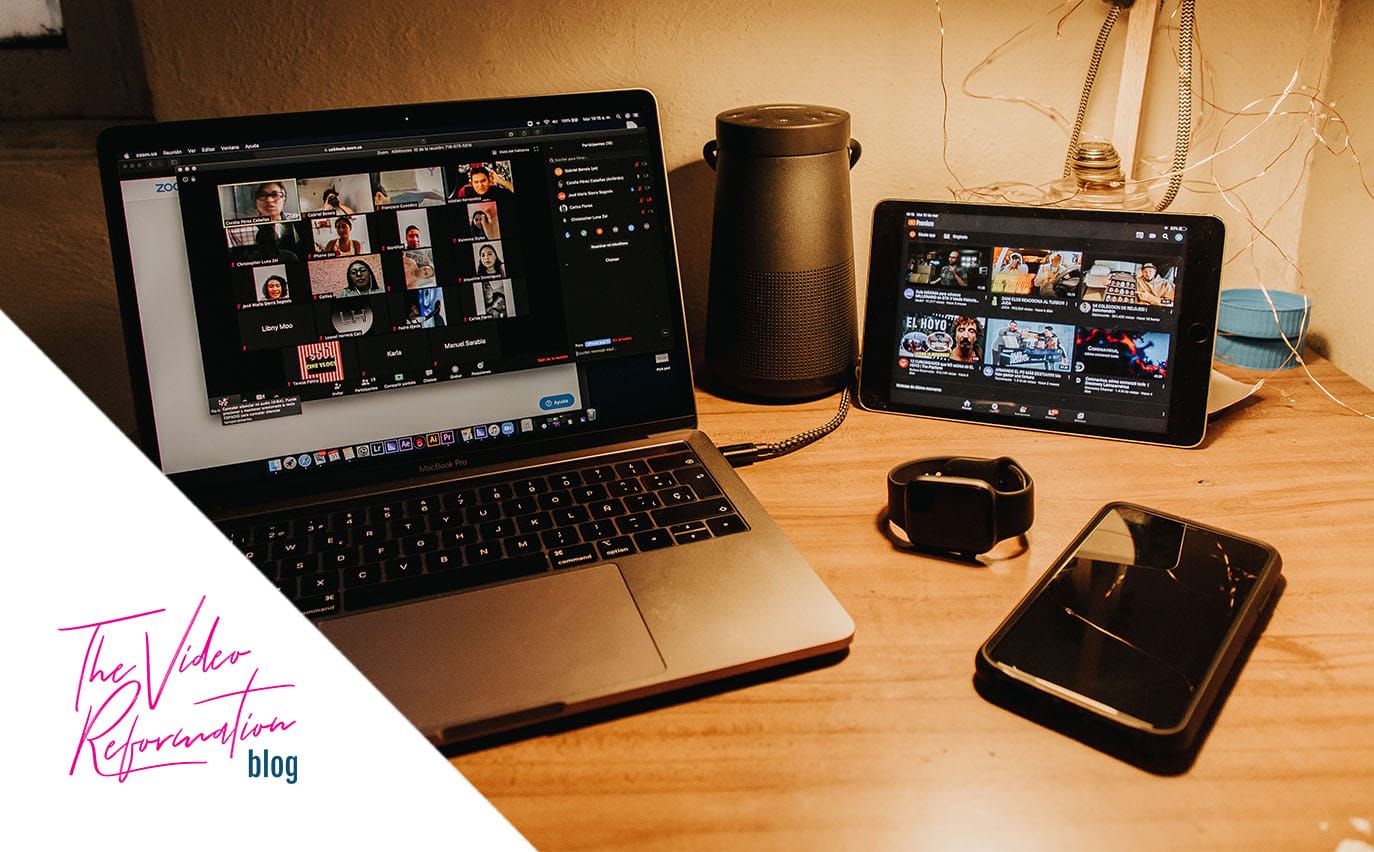Producing your first piece of video content is exhilarating. You birthed an idea. One that transformed what was once nothing and turned it into something. From a blank piece of paper came a script. From an empty room came a set. From a hard drive space came an .MP4 file.
Something happens, though, when you realize the need for more videos. You often find yourself off balance and questioning everything.
For instance, you may start to question the virtue of quality and instead focus on maximizing quantity above all else. Or you may swing the other way, treating each new video like the youngest child who you baby as a subconscious act of retaining your own youth.
Luckily, there is a balance to be struck here. By following our tips on scaling your video content creation, you can keep the return on your video investment steady, if not improving, while sustainably expanding your content library.
Create an Effective Strategy
Whenever you practice video, whether you’re producing a single video or scaling your content creation, the first step is always creating a strategic concept. Without this guiding document, you’re more likely to waste time and money producing content you don’t need and duplicating content you already have.
To begin, ask yourself essential these questions:
- What action do you want people to take?
- What metric are you using to measure a video’s impact?
- Who is the target audience for your video?
- Where will your target audience watch your video?
These questions require precise answers. Drilling in on specificity will give you a clearer road map to scale your video content creation. Instead of spending meeting after meeting deciding to decide the next meeting, you can now whittle down all practical and philosophical questions into a simple yes/no formula: Will the decision help you achieve your goal?
With that mindset, it’s easier to create processes that are impactful and efficient. You’ll have a better idea of how much to invest in terms of money and people and what your expected return on that investment should be.
Simply put, a video strategy can save you money as your content creation scales. It keeps the cost of investment from growing out of control while keeping returns steady or improving.
Invest in Video Content
Of course, if you’re brand new to video and looking to scale quickly, your investment in video will include people, equipment, and software. You will need to build out your team with a particular focus on those involved in pre-production. Your team will need equipment to shoot video, space to work, and editing software to piece everything together into a final product.
However, this step isn’t just about investing in the basic infrastructure of video production, it’s about investing in the actual content your team will produce. For example, short intro or outro clips of your current branding can be filmed once and used in every piece of video content you produce. This is a small investment that can have infinite applications.
Having a database of branding intro and outros or other short clips also makes it easier to update older videos should your company update its brand. Instead of filming an entirely new video, you can cut out the old clip and replace it with the new one.
Another way to invest in video content that scales is with a video series. If you know you’re planning on rolling out six videos over the next six weeks, you can take advantage of the economies of scale and hire the same cast and crew to do all the work upfront. That saves you from bringing on a new crew or cast with every additional video idea. This will also help keep everything on-brand.
Bring Video to Other Departments
With an infrastructure in place, you may find yourself discovering new opportunities to maximize the return of your video investment. Over time, video can become a regular practice for everyone in your company regardless of the department in which they work.
For instance, while we spend a lot of time discussing video in the context of B2B marketing, video is also an effective tool for internal communication and employee onboarding. Your HR team can create a single video that explains to new hires how to enroll in their benefits or managers can use video to send out status reports or update their team on process updates.
Your customer success team can also use your company’s investment in video to create videos that educate customers on common issues or how to use your product. If your CS team is facing repeated questions and offering the same rote instructions on every call, an explainer video on your website may help clear the phone lines and allow your team to focus on issues that require a personal touch.
Additionally, a salesperson can use a new video studio or new equipment to communicate with clients in a personal and personable way. Even if they’re already using an acceptable laptop webcam to make calls, a studio space with great lighting and superior microphones offers a clearer connection with their clients.
Perform a Library Audit
Auditing your video content library is the final step of scaling your video content production. An audit lets you know what videos are performing and what videos aren’t.
You may also find that your YouTube channel, for instance, is filled with content branded with an old logo or featuring employees who are no longer with the company. These are issues that are easy to fix.
However, you may find that even when you have an extensive library that utilizes economies of scale and features updated branding, you’re still not driving the measurable impact that you want.
In those cases, your library may need to be refreshed with new titles and metadata to better optimize your content for various search engines. Compared to the process of producing video content, updating titles and metadata is less time and cost-intensive yet can deliver a hearty return.
Knowing how your videos are performing and where they fall short can help you adapt your strategies based on measurable data. Then, as your company grows, your goals can grow with it.
Scale Video Content Creation
The question is no longer whether a company should consider practicing video. Now, the question is how does a company grow their video content creation sustainably. By thinking strategically, investing in economies of scale, encouraging video use, and auditing your library, you can make decisions that enable your video content production to grow with your company.
For even more on how to create video at scale, check out The Video Reformation podcast.

